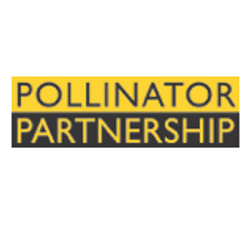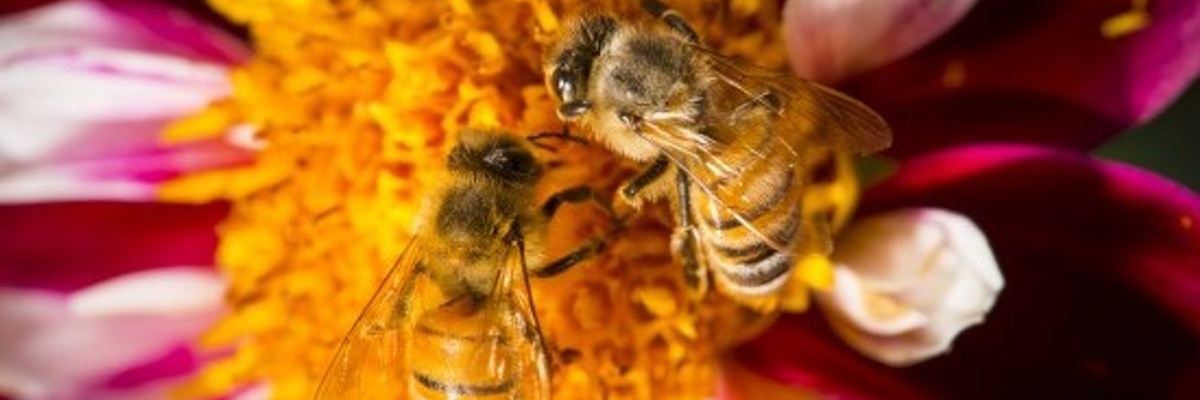

Invite pollinators to your neighborhood by planting a pollinator friendly habitat in your garden, farm, school, park or just about anywhere!
The Idea
Pollinator Partnership helps people protect pollinators to ensure healthy ecosystems and food security. The Pollinator Partnership’s mission is to promote the health of pollinators, critical to food and ecosystems, through conservation, education, and research. Their signature initiatives include the NAPPC (North American Pollinator Protection Campaign), National Pollinator Week, and the Ecoregional Planting Guides, which this page will help you to get started with in your community.
The ecoregional planting guides, Selecting Plants for Pollinators, are tailored to specific areas of the United States and Canada. You can find out which ecoregion you live in simply by entering your zip code / postal code at http://pollinator.org/guides and get your free guide tailored to the pollinators in your region. You can find lists of plant names that will attract pollinators and help you build a beautiful pollinator habitat! Print these lists and bring them to your local native plant, garden center or nursery and then get a group together and get planting!
Invite pollinators to your neighborhood by planting a pollinator friendly habitat in your garden, farm, school, park or just about anywhere!
The Idea
Pollinator Partnership helps people protect pollinators to ensure healthy ecosystems and food security. The Pollinator Partnership’s mission is to promote the health of pollinators, critical to food and ecosystems, through conservation, education, and research. Their signature initiatives include the NAPPC (North American Pollinator Protection Campaign), National Pollinator Week, and the Ecoregional Planting Guides, which this page will help you to get started with in your community.
The ecoregional planting guides, Selecting Plants for Pollinators, are tailored to specific areas of the United States and Canada. You can find out which ecoregion you live in simply by entering your zip code / postal code at http://pollinator.org/guides and get your free guide tailored to the pollinators in your region. You can find lists of plant names that will attract pollinators and help you build a beautiful pollinator habitat! Print these lists and bring them to your local native plant, garden center or nursery and then get a group together and get planting!
How do we get the seed packets we hand out? The answer is, we make them. (And I gather most of the seeds from my backyard.). The scarlet sage seeds, for example, come from my yard. As I was taking these pictures, a hummingbird landed a few feet away and patiently waited for me to finish so she could drink from the plants.
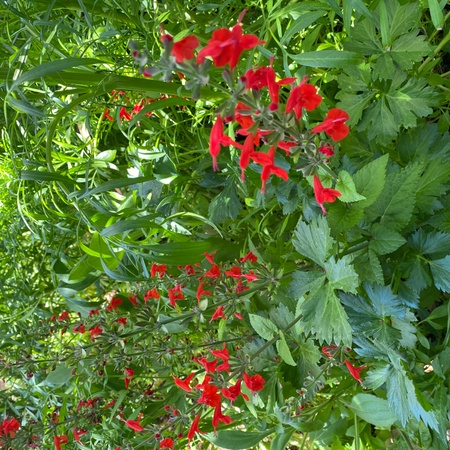
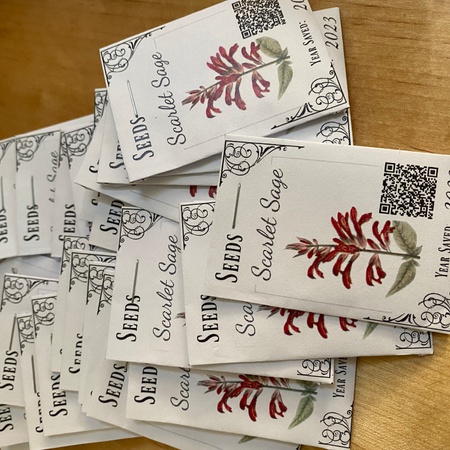
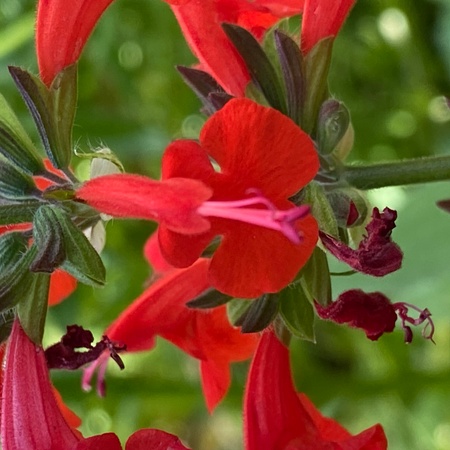
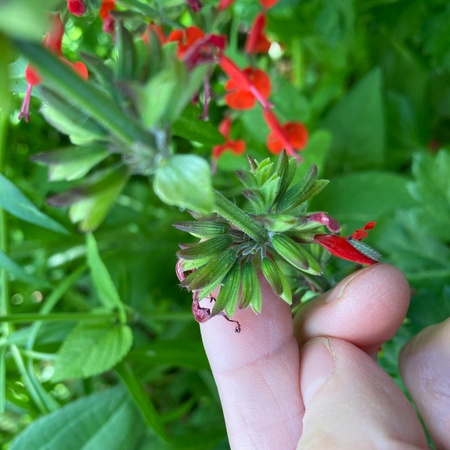
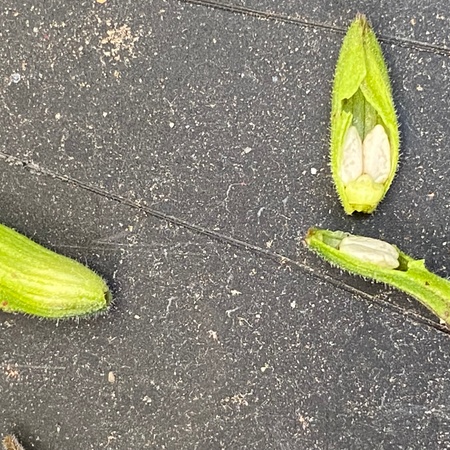
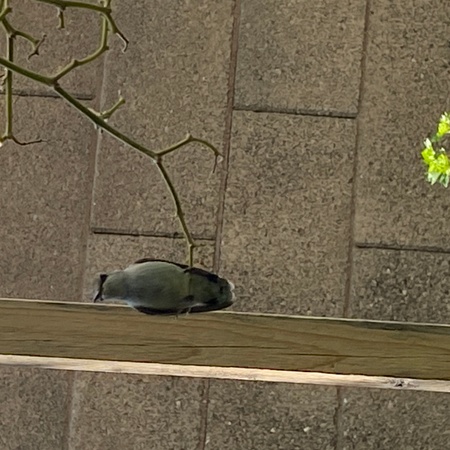
I planted heirloom cilantro seeds a few years ago. I have never had to buy seeds since - I just put down some of the seeds I saved the year before and I get new plants.
Each year that I’ve had cilantro, dill, parsley, or celery - I have had ladybugs use my garden as a nursery. The benefits are I get to see ladybugs (which make me smile) and my aphids are gobbled up.
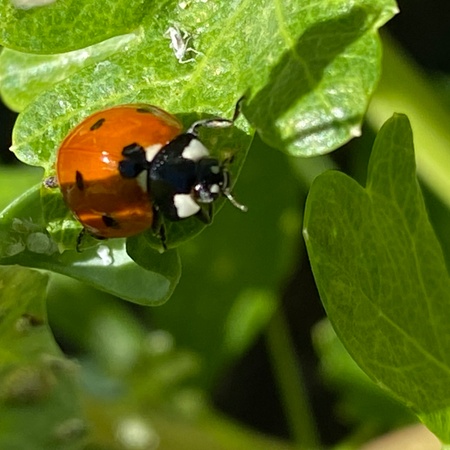
Have you ever thought about turning your lawn into a bee lawn?
https://homegrownnationalpark.org/native-bee-lawns-the-better-of-both-worlds/?utm_source=Start+a+new+HABITAT&utm_campaign=094ae1f6a2-EMAIL_CAMPAIGN_2023_11_06_03_46_COPY_01&utm_medium=email&utm_term=0_-f7088a1207-%5BLIST_EMAIL_ID%5D
Help Pollinators by Going Natural!
Natural Fertilizers:
* Coffee Grounds (nitrogen - good for roses or magnolias - add additional acids, good for radishes, sweet potatoes, peppers, rhubarb, and parsley.)
* Banana Peels (calcium, phosphorus, and potassium, making them excellent for plants that flower, such as zucchinis)
* Epsom Salt (magnesium and sulfur - which tomatoes love)
* Egg Shells (calcium, promoting cellular growth in your plants - good for tomatoes too)
* Compost (basically all of your plant-based waste)
* Fish (provides multiple different vitamins and nutrients to your plants)
* Milk (a source of calcium, along with protein, sugar and vitamin B, which aids the overall growth of the plant)
Homemade Plant Food
1.5 tbsp magnesium sulfate (Epsom Salt – MgSO4)
1.5 tsp sodium bicarbonate (Baking Soda – NaHCO3)
0.25 – 0.5 tsp Ammonium Hydroxide (Ammonia – NH4OH)***
1 gallon of water (H20)
Natural Weed Control:
* Newspaper can work like landscaping fabric, especially covered in mulch
* Vodka (or rubbing alcohol) also works to kill weeds. Mix 2 ounces of cheap alcohol with 2 cups of water and a few drops of dish soap. Spray this on your weeds but be careful not to get other plants or your grass.
* Salt - Mix a gallon of vinegar with a cup of salt or borax and a tablespoon of dish soap. Pour the solution into a spray bottle. Use the stream nozzle in a small area and the spray nozzle for a wider area.
* Mulch
* Boiling water on weeds only
